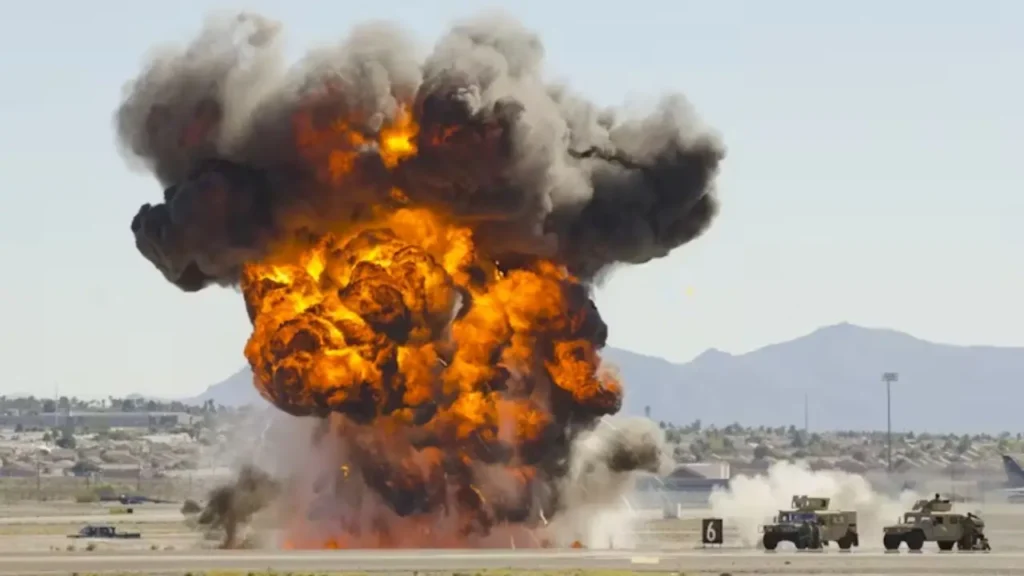Chemical substances CL-20, HMX and LLM-105
Previous Year Questions: This question has been asked in the UPSC Civil Services Exam 2025 – Prelims – General Studies Paper I, held on Sunday, 25 May 2025.
Question: What is the common characteristics of the chemical substances generally known as CL-20, HMX and LLM-105, which are sometimes talked about in media?
(a) These are alternatives to hydro-fluorocarbon refrigerants
(b) These are explosives in military weapons
(c) These are high-energy fuels for cruise missiles
(d) These are fuels for rocket propulsion
प्रश्न: कभी कभी समाचार माध्यमों में चर्चित सामान्यतया CL-20, HMX, और LLM-105 के रूप में ज्ञात रासायनिक पदार्थों में सर्वनिष्ठ अभिलक्षण क्या है?
(a) ये हाइड्रो-फ्लोरोकार्बन प्रशीतकों के विकल्प हैं
(b) ये सैन्य आयुधों के अंतर्गत हैं
(c) ये क्रूज मिसाइलों के लिए उच्च-ऊर्जा ईंधन हैं
(d) ये रॉकेट नोदन हेतु ईंधन हैं
Topic: Science and Technology – Defence
Explanation:
Hexanitrohexaazaisowurtzitane, also called HNIW and CL-20, is a polycyclic nitroamine explosive with the formula C 6H 6N 12O 12. CL-20 or China Lake 20 also known as the “king of explosives”, has a destructive power second only to nuclear weapons.
It was in news in June 2024.
CSIR-Indian Institute of Chemical Technology (IICT), in collaboration with Premier Explosives Ltd., has developed an indigenous process to prepare the key material used in CL-20, a high energy material primarily used as propellant in rockets and missiles.

HMX, also called octogen, is a powerful and relatively insensitive nitroamine high explosive chemically related to RDX. The compound’s name is the subject of much speculation, having been variously listed as High Melting Explosive, High-velocity Military Explosive, or High-Molecular-weight RDX.
HMX is used almost exclusively in military applications, including as the detonator in nuclear weapons, in the form of polymer-bonded explosive, and as a solid-rocket propellant.
LLM-105 was first produced at Lawrence Livermore National Laboratory in 1995.
Part of LLM-105’s appeal lies, paradoxically, in its reluctance to detonate. It can withstand high temperatures without blowing up, making it a candidate for warheads used in hypersonic missiles, which fly and maneuver at more than five times the speed of sound.
LLM-105 can also tolerate heavy knocks and bumps. It is, therefore, being put into a new generation of “bunker-buster” warheads designed to punch through hard structures before blowing up inside. A munition full of LLM-105 is also less likely to be set off by an enemy attack, even if it is hit by shrapnel or bullets.
Also see: Press Information Bureau press release











